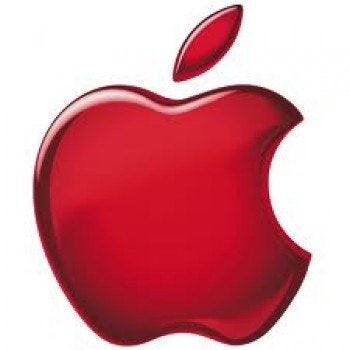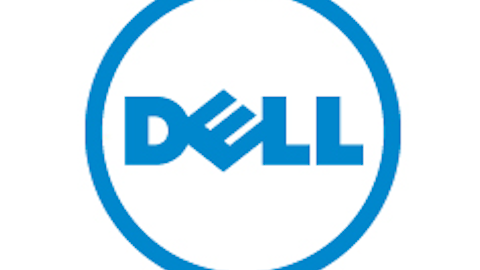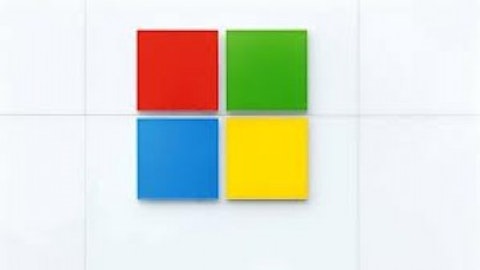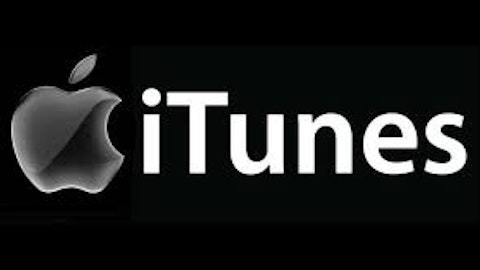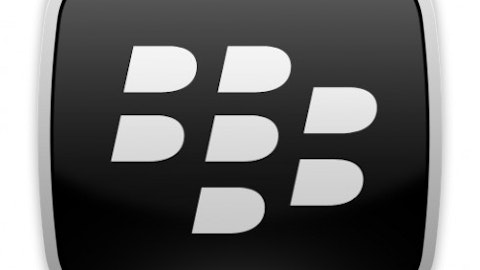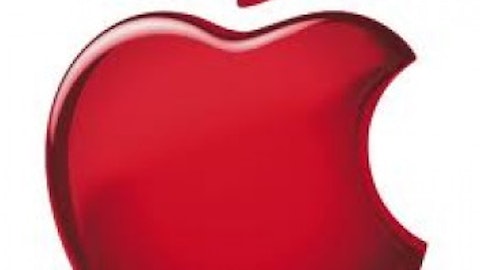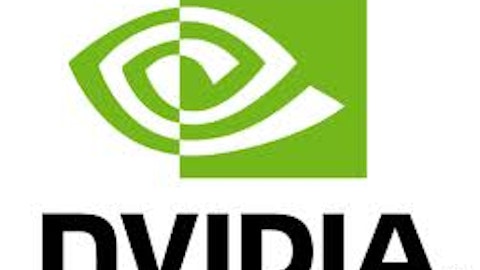Investors suspected as much, and now they have proof. Institutional selling played a large role in Apple Inc. (NASDAQ:AAPL)‘s fourth quarter sell-off last year. The first three quarters of 2012 were going just swimmingly, but shortly after peaking over $705 on the day that the iPhone 5 launched, it all went downhill from there.
| Metric | Q1 2012 | Q2 2012 | Q3 2012 | Q4 2012 |
|---|---|---|---|---|
| Performance | 48% | (2.6%) | 14.2% | (20.2%) |
Source: Nasdaq.
That table doesn’t include the 12.3% loss that shares have experienced so far year-to-date through yesterday’s close either.
Sell! Sell! Sell!
Several large hedge funds have now filed 13F forms with the SEC, detailing their holdings each quarter. The predominant theme was that there was something of a mass exodus among funds looking to lock in capital gains from Apple Inc. (NASDAQ:AAPL)’s incredible performance through the first three quarters of the year. Reuters outlines some of these notable exits.
| Fund | Shares Sold in Q4 2012 |
|---|---|
| Omega Advisors | 266,000 |
| Eton Park Capital Management | 250,000 |
| Farallon Capital | 137,000 |
| Jana Partners | 143,000 |
| Third Point | 710,000 |
| Viking Global Investors | 1.1 million |
| Lone Pine Capital | 805,000 |
| Total | 3.4 million |
Sources: Reuters and SEC filings. Shares rounded.
These seven funds dumped their entire stakes in the Mac maker, flooding the market with over 3.4 million shares throughout the quarter. That’s a lot of selling pressure, but most of these funds were enjoying healthy gains and contemplating the prospect of the impending fiscal cliff that threatened to increase their tax burden on those gains.
Beyond long investors exiting their positions, outright bears shorting the stock have also grown their ranks. The total number of shares held short increased by 2.7 million shares during the fourth quarter, and also added another million in January alone.
It’s no wonder that Apple Inc. (NASDAQ:AAPL) has seen a break between its share price and fundamental valuation, since these funds were adding considerable selling pressure for reasons not entirely related to the actual business.
There are certainly some justified fears of escalating competition and iPhone growth deceleration, but that hardly warrants a pullback of 40% over the span of four months when you consider that the overall business remains remarkably robust and Apple Inc. (NASDAQ:AAPL) continues to post numerous records in metrics like revenue, net income, and both iPhone and iPad unit sales.
Buy! Buy! Buy!
While some funds may have dumped their shares, others decided to take the opportunity to buy more.
| Fund | Q3 2012 Shares | Q4 2012 Shares | Shares Added | Percent Increase |
|---|---|---|---|---|
| Appaloosa Management | 521,000 | 913,000 | 391,000 | 75% |
| Soros Fund Management | 85,000 | 184,000 | 99,000 | 117% |
| Greenlight Capital | 1.1 million | 1.3 million | 216,000 | 20% |
Source: SEC filings. Figures may not add due to rounding.
Greenlight also loaded up on call options representing another 275,000 shares. While the expiration and strike prices of those contracts aren’t disclosed, Greenlight will get a nice pop if Apple Inc. (NASDAQ:AAPL) shares recover due to the inherent leveraged nature of options. Of course, Greenlight is also the fund managed by David Einhorn, who very publicly called for Apple to return additional cash to shareholders a week ago through the issuance of a new share class of perpetual preferreds.
Einhorn is trying to rally other shareholders into voting against a proposal from Apple that would eliminate the company’s ability to issue preferred shares solely by the board’s discretion. Apple is trying to change its corporate charter to require shareholder approval for any such move, and responded to Einhorn’s lawsuit this week by saying the fund manager is effectively trying to take shareholders “hostage.” In a court filing, Apple CFO Peter Oppenheimer disclosed that Einhorn viewed shareholder approval for his idea as a “roadblock that was not needed” and wanted to remove the risk that shareholders would vote against his proposed plan.
The good news is that while many funds were dumping their shares, it’s highly likely that they will buy back in and establish new positions after closing out previous positions and envious gains. Bespoke Investment Group founder Justin Walters thinks this activity will pick up within the next three months.
Apple’s investor base is in transition as the stock moves from a growth story to a value one. Once Apple inevitably boosts its dividend, investors can expect an influx of value-oriented funds interested in a yield they can count on.
The article 3.4 Million Reasons Why Apple Lagged Last Quarter — and Why It Will Bounce Back originally appeared on Fool.com and is written by Evan Niu, CFA.
Fool contributor Evan Niu, CFA, owns shares of Apple. The Motley Fool recommends Apple. The Motley Fool owns shares of Apple.
Copyright © 1995 – 2013 The Motley Fool, LLC. All rights reserved. The Motley Fool has a disclosure policy.
